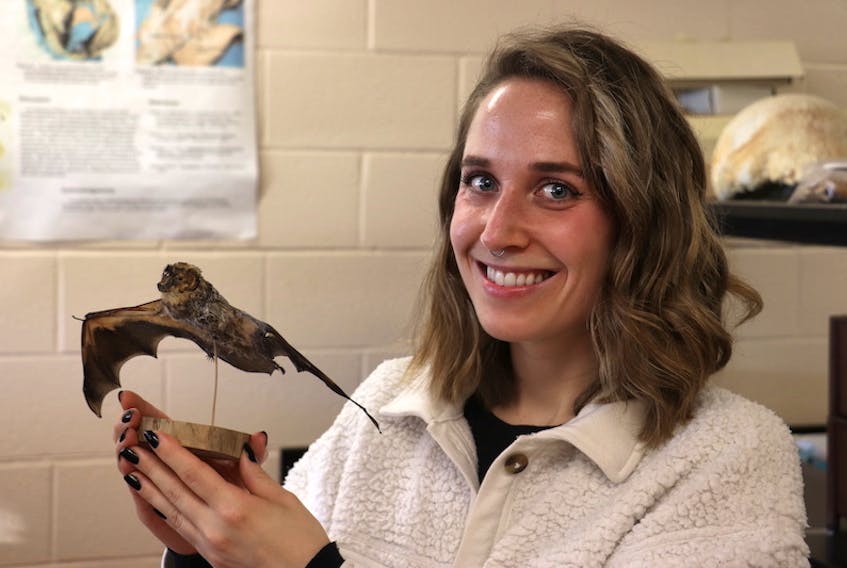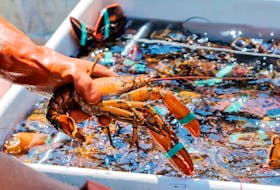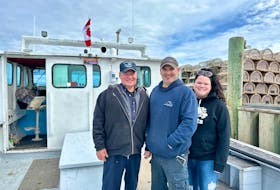Jordi Segers couldn’t be sure what the data was saying – at least not for the first six years his team looked.
But the Eastern red bat was there in the P.E.I. National Park. And this year, there was enough information to be certain.
And it wasn’t just this year. Backtracking to the start of the project, he found the Eastern red was there every year.
The park’s resource conservation team has been working with the Canadian Wildlife Health Co-operative monitoring parks and wetlands for wildlife like bats and birds.
Bats are a key part of this, and the team collected audio recordings of their movement on P.E.I. Segers had been flagging the call of an unknown bat for five years but didn’t have enough to be sure.
Until now.
“That was pretty exciting, even though it’s not necessarily surprising, because the Eastern red bat is a migratory species, so it flies large distances in the spring and the summer to go up north,” he said.
Because it moves so much, it’s more likely to pass a place like P.E.I. regularly, he said.
A fungal disease called white nose syndrome has killed 90 per cent of the bats that roost on P.E.I. This is why the CWHC and Parks have been monitoring populations.

Each year, Segers has to comb through 100,000 files. Each time a bat passes one of the CWHC’s devices in the park, it is recorded. One recording means one pass but not always a different bat, he said.
“It could be one bat flying by a thousand times, a thousand bats flying by one time, or, more likely, somewhere in between there.”
He didn’t notice the Eastern red in the mass of data, he said, and is now using a program called a sonogram to identify them.
This slows down and lowers the pitch of the sound bats make while flying to locate themselves in space. The sounds are normally too high and fast for humans to hear.
Perhaps most importantly for identifying species, the sonogram creates a computer image of the sound wave.
“Based on the shape of this graph, we can match calls,” he said.
While the Eastern red is not endangered, its presence is still important, said CWHC technician Tessa McBurney.
“All species have different roles.”

Bats on P.E.I. don’t eat fruit – or blood – and are actually helpful for agriculture.
“Pest management is what they’re mostly responsible for,” she said. “They’re all important for disease management.”
Knowing what’s in an ecosystem can help prevent problems in the future, she said.
“Catch trends early, take measures.”
Finding the Eastern Red bat is a testament to long-term monitoring, said project lead Kim Gamble.
“The more you do it, the more you can pick up on things.”
Gamble is encouraged by raised awareness of bats-at-risk on P.E.I.
“I’m hearing more and more that different groups are starting to do bat monitoring,” she said. “The more we learn, the more groups doing things like this, we can make sure we have protection.”
The Eastern red bat was also found this year on a property owned by the P.E.I. Native Council. The council hopes to turn that location in St. Chrysostome into a wildlife preserve.









